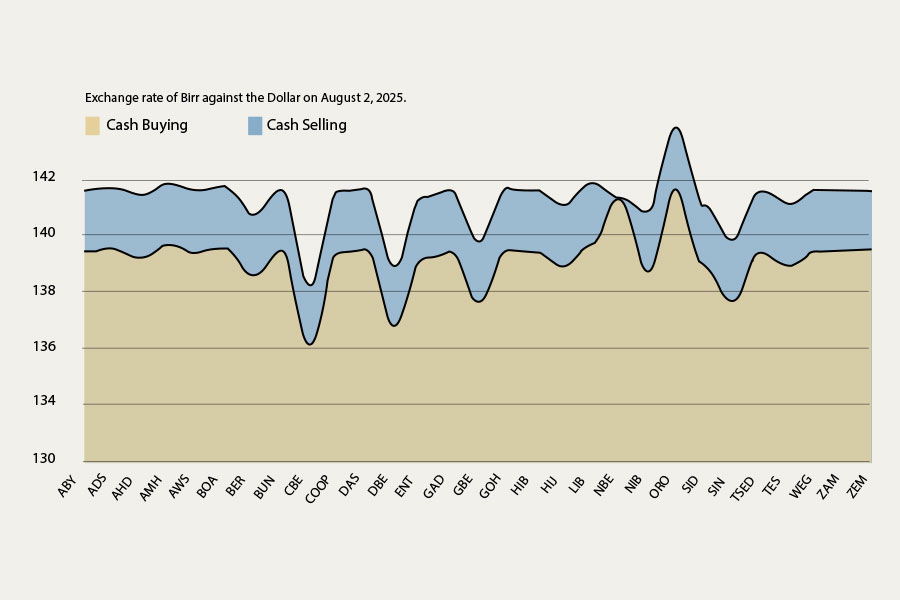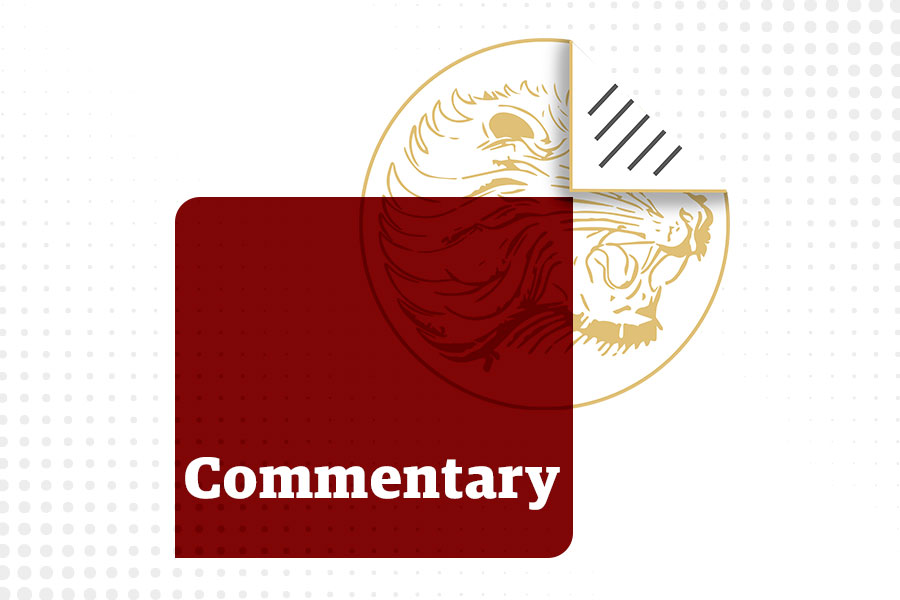
Fortune News | Aug 21,2021
Sep 27 , 2025
By Pinelopi K. Goldberg
In a global climate where productivity growth is uncertain and external shocks are frequent, researchers discover that unlocking the full potential of existing human capital is a comparatively low-cost and attainable lever for progress. The question now is whether policy will catch up with the data, argue Pinelopi K. Goldberg, a former World Bank Group chief economist and a professor of economics at Yale University, in this commentary provided by Project Syndicate (PS).
At a time when sustaining growth in low- and middle-income countries has become more difficult and uncertain, policymakers should pursue every available growth path. Ensuring that the skills and talents of roughly half the population are fully utilised is not only a matter of social justice but also a pragmatic economic strategy.
With protectionism and industrial policy returning to advanced economies, and with geopolitical tensions on the rise, this is an inauspicious moment for trade-led growth strategies. Since future growth will increasingly depend on sound domestic policies, low- and middle-income countries should focus on ensuring that existing resources are fully and efficiently deployed. And no resource is more valuable than human capital.
While economists and policymakers have long recognised the accumulation of human capital, particularly through investments in education, as a driver of growth and development, they have devoted far less attention to the efficient allocation of existing human capital. An economy at any level of development can achieve its full potential only if individuals pursue occupations that best suit their talents and preferences.
Eliminating, or at least reducing, misallocations of talent should therefore be a top priority. A growing body of economic research has shown that even in advanced economies such as the United States, reducing talent misallocation can have meaningful economic effects.
For example, an influential paper published a few years ago attributed 20pc 40pc of US per capita market output growth from 1960 to 2010 to improvement in talent allocation. This additional growth was achieved by reducing labour market discrimination against women and Black men, and by lowering the barriers these groups faced in developing human capital.
The potential to unlock such gains is probably even greater in less affluent countries, where the misallocation of talent is plausibly more pervasive. While the relevance of race or other identity-based barriers varies across contexts, gender is a universal issue. Because women comprise roughly half the population in any given country, ensuring that they can fully use their skills and talents could generate substantial economic returns.
It is well established that labour market outcomes vary significantly by gender. In most countries, women have lower labour-force participation rates and earnings, are overrepresented in unpaid or informal jobs, and spend more hours on household production and chores. If these differences reflected innate comparative advantages or genuine preferences, they would be efficient, and reallocating men and women to different activities would not improve an economy's productivity. But if they reflect distortions, policymakers are leaving money on the table.
In a new study with the World Bank, my colleagues and I developed a methodology to distinguish between these two potential sources of observed differences and applied it using publicly available labour-force data from multiple countries. The results confirm the insights from the US study. Distortions are widespread. In many countries, removing barriers to women's participation in the labour force could raise output by 15pc to 20pc, implying large income gains.
On average, richer countries exhibit fewer distortions. But the differences among countries at similar stages of development are striking. For example, Egypt could increase output by about 24pc by removing gender barriers, while Peru could achieve only a five percent gain, despite having similar income levels.
Comparing the evolution of distortions also reveals interesting patterns. While the allocation of talent in most countries has improved over time, there are exceptions. Despite rapid economic growth, India experienced little change in distortions between 1990 and 2022. As women remained excluded from high-productivity jobs, the economy grew less than it could have. Growth alone does not automatically guarantee equal opportunities; deliberate reforms are needed to unlock additional gains.
Our methodology also allows us to distinguish between two types of distortions. The "demand-side" barriers that come from employers (such as hiring discrimination or unequal pay), and "supply-side" barriers that reflect women's own constraints (including household responsibilities, lack of childcare, safety concerns, or restrictive social norms).
For most countries, demand-side distortions play a more significant role than supply-side ones. Dismantling only the former generates economic gains nearly as large as those achieved by tackling both.
This result has important implications because it helps policymakers decide where to invest resources to reduce misallocation. Demand-side distortions, such as labour-market discrimination, are more amenable to policy intervention than supply-side distortions, which may reflect longstanding social norms. Thus, focusing on the former might allow countries to capture most of the welfare benefits from reducing gender-based misallocation.
Sceptics might argue that the economic gains from reducing talent misallocation are modest compared with those from productivity improvements. That may be true. But while productivity gains are often costly and increasingly uncertain in today's volatile global environment, reducing the misallocation of human capital is relatively inexpensive and more easily achieved.
PUBLISHED ON
Sep 27,2025 [ VOL
26 , NO
1326]


Fortune News | Aug 21,2021

Radar | Jan 04,2020

Viewpoints | Sep 06,2020

Money Market Watch | Aug 17,2025

Commentaries | Dec 10,2018

Viewpoints | Oct 30,2022

Radar | Oct 12,2025

Fortune News | Jul 30,2022

Sunday with Eden | Mar 11,2023

Fortune News | Jun 26,2021

Photo Gallery | 176451 Views | May 06,2019

Photo Gallery | 166665 Views | Apr 26,2019

Photo Gallery | 157181 Views | Oct 06,2021

My Opinion | 136911 Views | Aug 14,2021

Dec 22 , 2024 . By TIZITA SHEWAFERAW
Charged with transforming colossal state-owned enterprises into modern and competitiv...

Aug 18 , 2024 . By AKSAH ITALO
Although predictable Yonas Zerihun's job in the ride-hailing service is not immune to...

Jul 28 , 2024 . By TIZITA SHEWAFERAW
Unhabitual, perhaps too many, Samuel Gebreyohannes, 38, used to occasionally enjoy a couple of beers at breakfast. However, he recently swit...

Jul 13 , 2024 . By AKSAH ITALO
Investors who rely on tractors, trucks, and field vehicles for commuting, transporting commodities, and f...

Oct 18 , 2025
The political establishment, notably the ruling party and its top brass, has become p...

Oct 11 , 2025
Ladislas Farago, a roving Associated Press (AP) correspondent, arrived in Ethiopia in...

Oct 4 , 2025
Eyob Tekalegn (PhD) had been in the Governor's chair for only weeks when, on Septembe...

Sep 27 , 2025
Four years into an experiment with “shock therapy” in education, the national moo...

Oct 18 , 2025 . By NAHOM AYELE
In a sweeping reform that upends nearly a decade of uniform health insurance contribu...

A bill that could transform the nutritional state sits in a limbo, even as the countr...

Oct 18 , 2025 . By SURAFEL MULUGETA
A long-planned directive to curb carbon emissions from fossil-fuel-powered vehicles h...

Oct 18 , 2025 . By BEZAWIT HULUAGER
Transaction advisors working with companies that hold over a quarter of a billion Bir...